Athletes are incredibly competitive, not just with other athletes but with themselves. They have this innate desire to win and continuously improve every aspect of themselves. People often ask me “how much can you bench?” or “what’s your deadlift at these days?” In all honesty, right now I have no idea. I think testing max strength can be useful for a variety of reasons, but as a team sport athlete, I don’t chase personal records or PRs the same way a powerlifter, crossfitter or Olympic lifter would.
The type of personal records (or PRs) I’m referring to here is the most weight you can lift given certain parameters. These parameters can relate to the number of reps such as 1 rep max, 5 rep max, or a number of reps to failure. They are often used to measure how you are getting stronger in different major lifts such as squats, bench press, and deadlifts. Many athletes also attempt PRs in Olympic lifts such as power cleans, snatches, and push jerks.
Strength PRs are popular among the powerlifting, Olympic lifting and Crossfit communities because having the ability to increase the amount of weight you can lift is the objective for winning in these sports.
Don’t get me wrong, I think striving for continuous improvement as an athlete is fantastic. And I think having the ability to measure performance is important. But when an athlete becomes obsessed with the amount of weight on the bar, things can get a little complicated. Much like an athlete who is obsessed with the number on the scale.
There’s a fine line between wanting to improve your athletic ability by getting stronger and obsessing about adding more weight to the barbell. This obsession is what I call “PR syndrome” (aka bro syndrome) and is essentially when an athlete’s ultimate goal of training is to be able to lift more weight than they could before. It’s when you have this strong desire not only to lift more than everyone else, but you also want to prove to yourself that you can do it. And when you don’t, you feel like a failure.
For most athletes, hitting a PR is not the ultimate goal of their training. Here are 4 reasons why adult athletes should stop chasing strength PRs and what they should do instead.
REASON #1: There is so much more to athletic performance than strength PRs.
Athletic performance (or athleticism) refers to a multi-dimensional set of mental and physical abilities that allow an athlete to perform at their best. The components of athletic performance include speed, power, endurance, strength, agility, mobility, cardiovascular fitness, VO2 max, brain-body coordination, mental toughness, balance, and stability. All sports and physical activities require some combination of all of these components but the degree to which each of these matters depends on the sport(s) or activity(ies) that you participate in, and the level that you choose to compete at.
Competitive powerlifting or Olympic lifting is the only sport that heavily relies on adding more weight to the bar in order to win. For all other sports and activities, strength is only one component of athletic performance. Other sports require a more holistic approach to training for making improvements in athletic performance. All athletes, regardless of age, should focus on a combination of components of athleticism that help them address weaknesses that are most relevant to their sport or activity. If you’re not a competitive powerlifter or Olympic lifter, you don’t need to obsess about adding weight to the barbell every time you’re in the gym.
Instead, identify the components of your athletic performance that could use improvement and focus on those. Strength training lays a strong foundation for athleticism but you don’t always have to lift as much as possible to benefit. There are a lot of other variables besides max effort that can improve different components of performance. These variables include:
- Number or type of reps (single number, drop sets, pyramid sets)
- Number of total sets
- Variations of exercises
- Type of muscle contraction (concentric, isometric or eccentric)
- Functionality and sport-specificness of exercises
- Compound or isolation exercises
- Tempos and intentional pauses
- Intensity, effort and duration
- Order of exercises (single exercise, super sets or giant sets)
- Rest time between exercises
- Type of equipment used
Not sure where to start? Hire a strength coach who can work with you in person or remotely. I highly recommend mine who I’ve been working with for 10+ years: Mike Anderson from Anderson Strength and Fitness. He lives in California but works remotely with athletes of all sports, ages and skill levels. Just tell him the Healthy Green Athlete sent you!
REASON #2: Adult athletes aren't the same as their younger selves.
Sports scientists have estimated that once an athlete hits the age of 30, their athletic performance begins to decline by about 1% per year. While being an active individual or athlete slows the ageing process in comparison to non-athletes, changes happen in the body that impacts physical abilities. By the time an adult athlete hits their mid-thirties, they will find it very difficult to lift the same amount of weight that they could in their 20s.
Ageing athletes naturally find that over time they aren’t able to build or maintain muscle mass as easily. There’s also a steady decline in fast-twitch muscle fibres, bone density, oxygen efficiency, and collagen production.
Here’s the reality: if you’re in the gym trying to get back to lifting the same amount of weight that you did years ago, you may never get there. The more important thing is that you are doing strength training in the first place. Even if you aren’t hitting the same numbers that you used to, strength training is helping to keep your muscles and bones strong which will further delay the ageing process.
REASON #3: Strength gains rely on the body's ability to adapt.
Any strength coach will tell you that a good strength program that physical adaptation is important for building strength. For adult athletes, including those that have been regularly strength training for a while, adaptations to training may not happen as fast as they did when they were younger. The time it takes to adapt can be impacted by many physical factors such as age, experience with strength training, stress, inflammation, nutrition, hydration, and hormones.
As athletes age, their hormone levels change which impacts their muscle-building capabilities and recovery times. On top of the natural hormone changes, lifestyle stress can further impact the ageing process. Strength training introduces another stress to the system so if your body is already stressed, you’re going to have a tough time making gains.
Instead of obsessing over lifting a certain amount of weight before stepping foot in the gym, assess how you’re feeling once you get there. That’s when you can decide how much you should push yourself that day. If a weight you did last week feels extra heavy today, don’t push yourself to do more. Didn’t sleep well? Skipped breakfast? Just not feeling great? Then keep the weight light and don’t attempt a PR today. Self-awareness is an incredible injury preventer as long as you’re willing to listen to the signals that your body is sending you.
REASON #4: CNS fatigue is common in PR chasers.
Strength training (or resistance training) not only causes physical adaptations in the muscles, but it also causes neural adaptations. These neural adaptations activate the appropriate muscles which contribute to the coordination and development of stronger muscles.
If an athlete is strength training near or at maximum levels consistently, this puts a lot of extra stress on the central nervous system (CNS). If there isn’t enough time to recover between maximum effort lifts, then the CNS can become fatigued and performance regression occurs. And if the CNS is fatigued, the neural adaptations slow down and there is a reduced ability of the brain to activate the muscles.
Also Read: 7 Natural Brain Boosting Foods and Supplements
CNS fatigue is not the same as muscle fatigue. After you attempt a maximum effort lift, you may get sore but your muscle fibres will recover within a few days. Your CNS, however, takes much longer to adapt and recover. Your CNS can become fatigued if you train at your maximum level too many times within a short time frame. This is why strength PRs should be attempted at a minimum of every 4 weeks. Some athletes may even need to wait as long as 12 weeks to attempt a PR. This means that for an adult athlete, a PR shouldn’t be attempted more than once a month.
If an athlete is trying to attempt PRs too often they have a high chance of CNS fatigue. Once they reach this point, their muscles aren’t going to be activated in the same way as if they were training smarter and giving their body a chance to recover. CNS fatigue not only prevents a CNS fatigued athlete from achieving PRs but also increases the risk of injury for those who are attempting PRs.
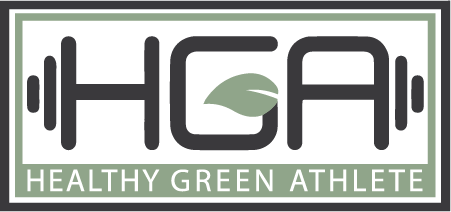
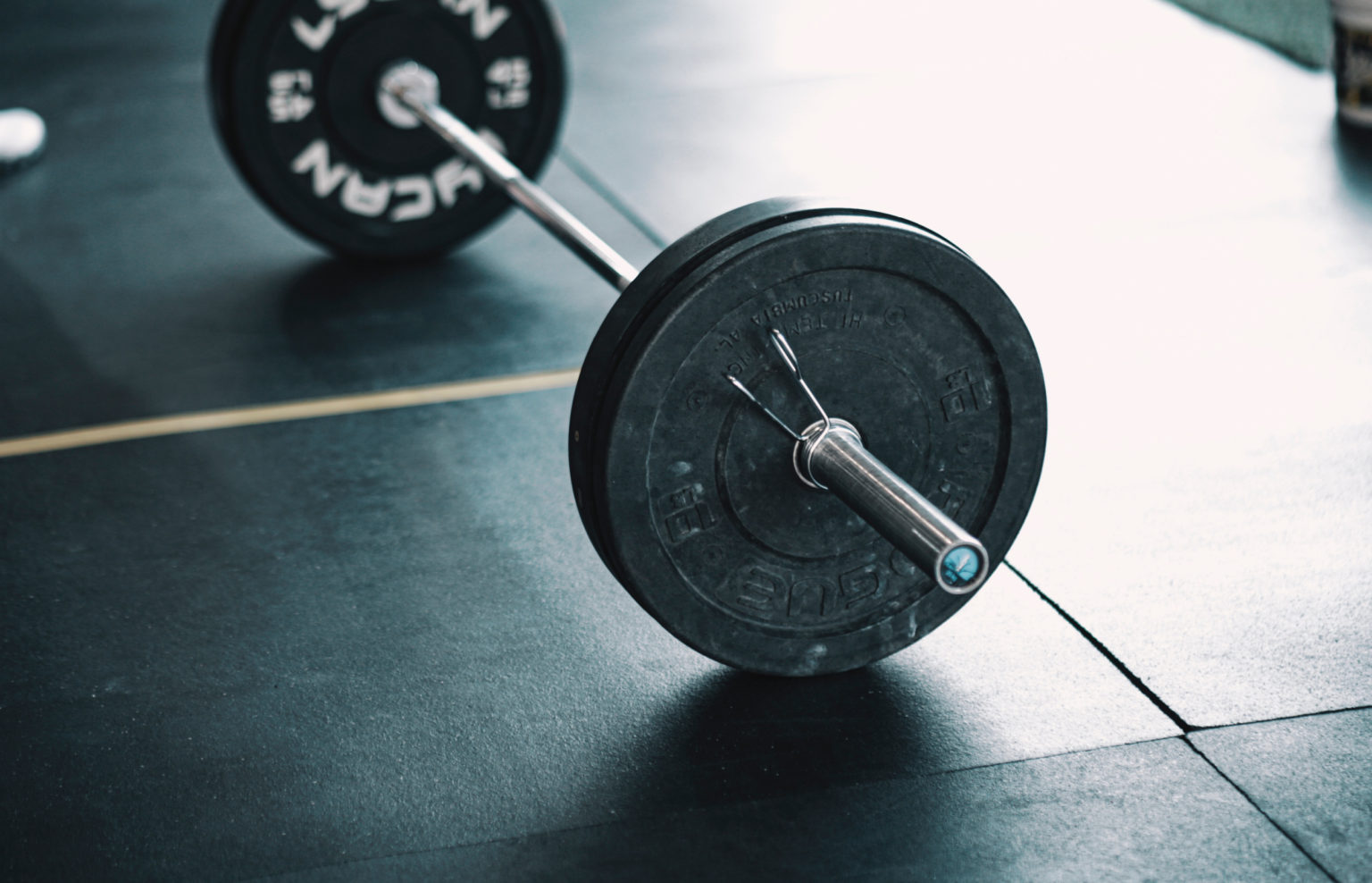
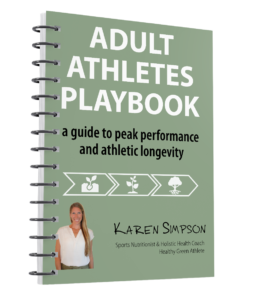

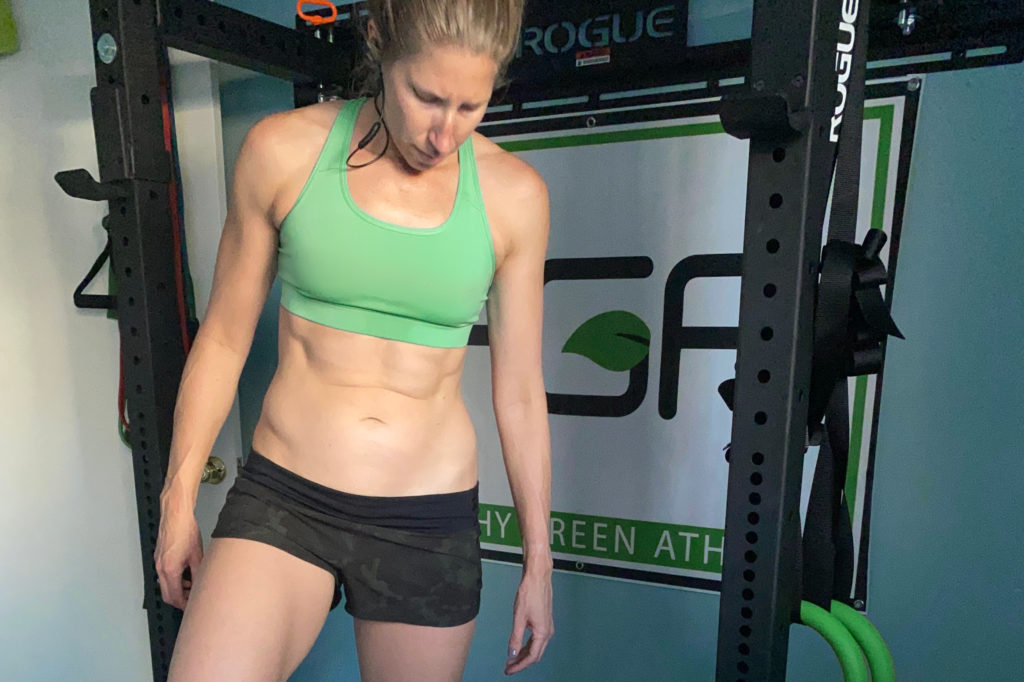

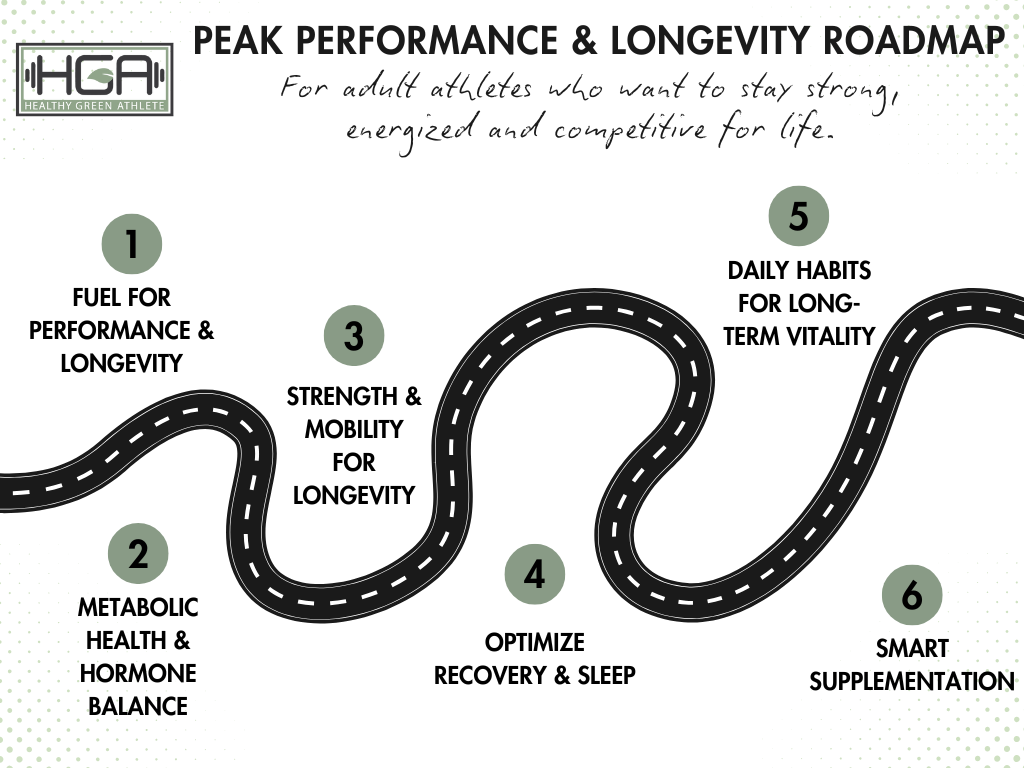


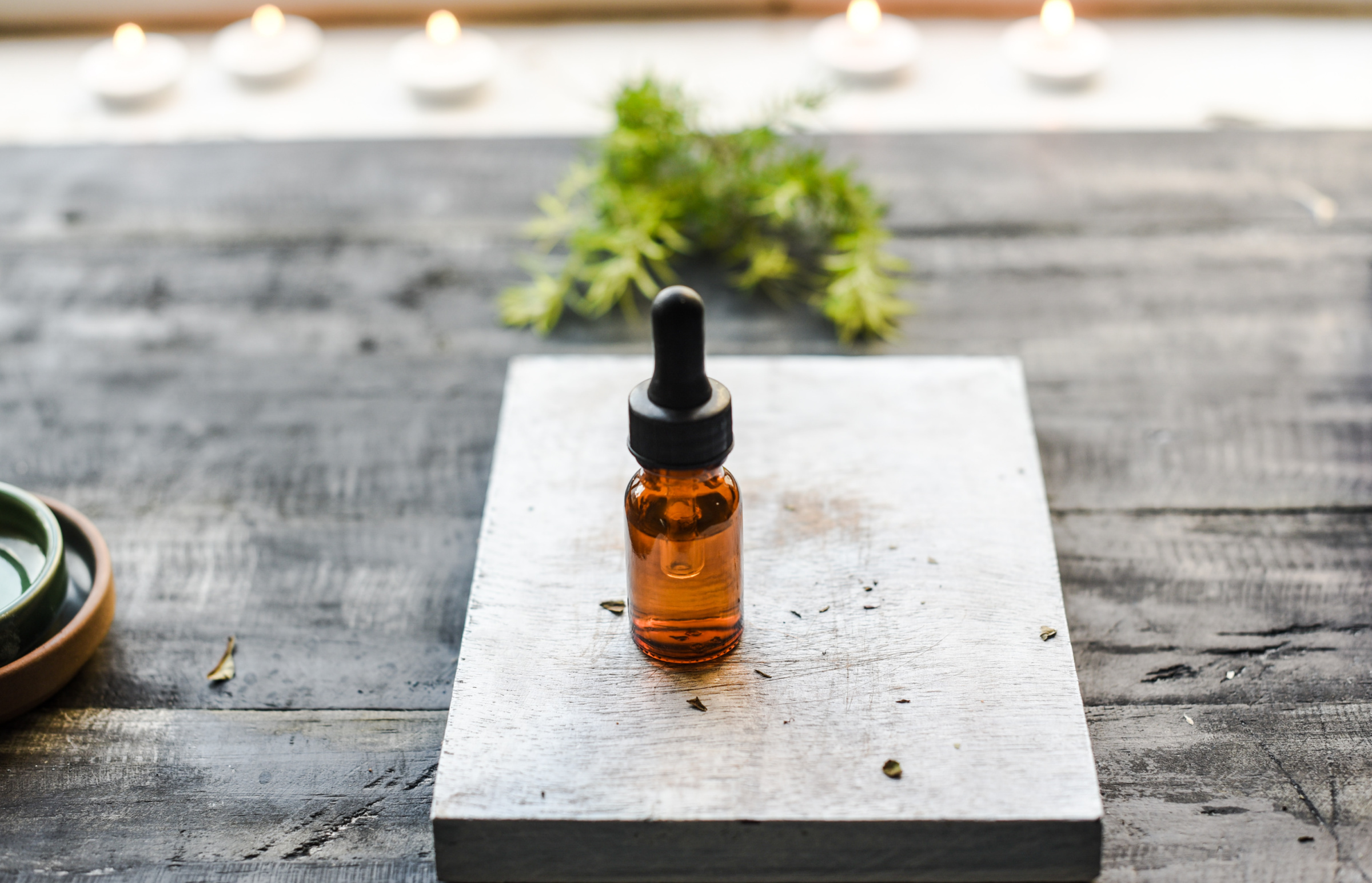

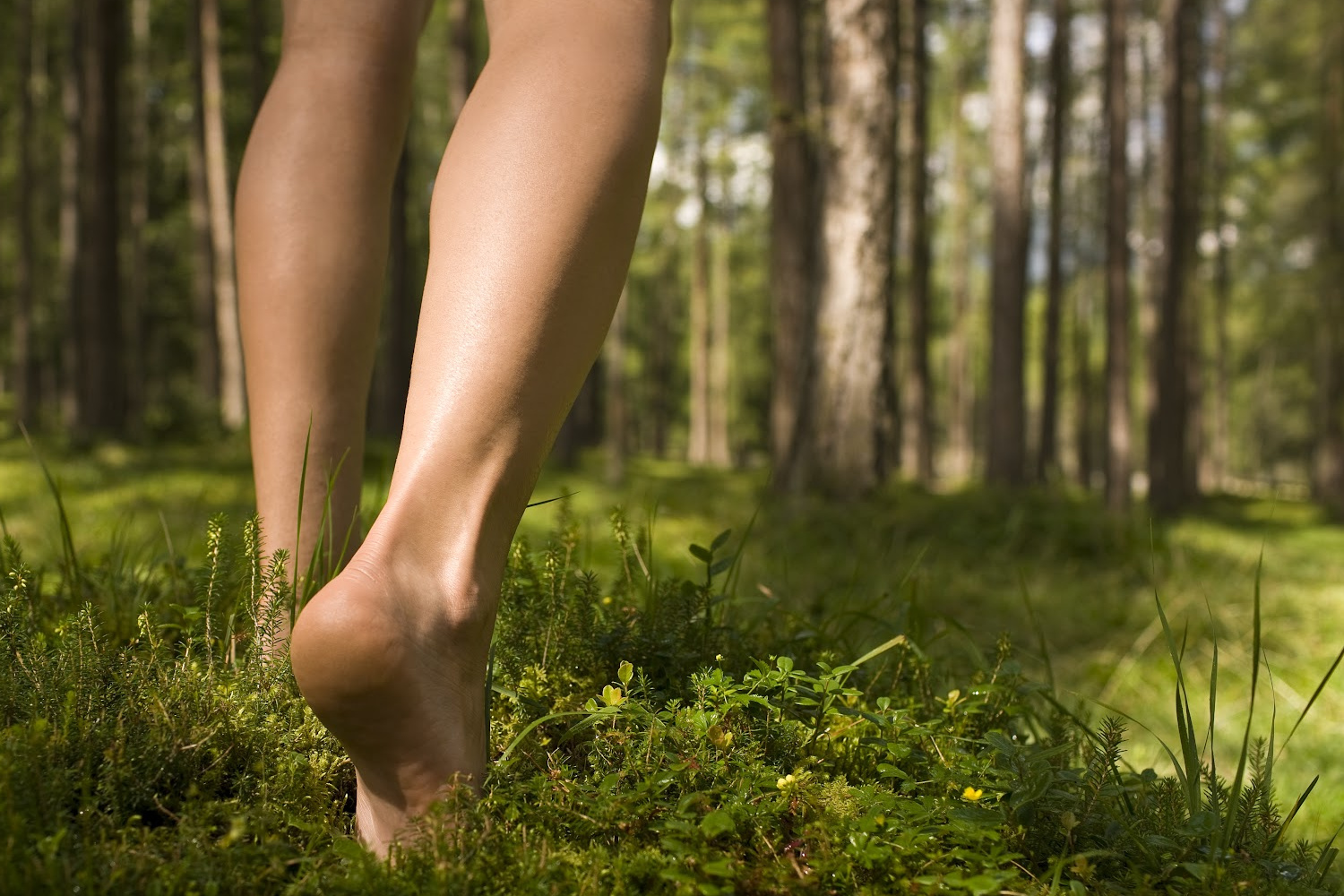
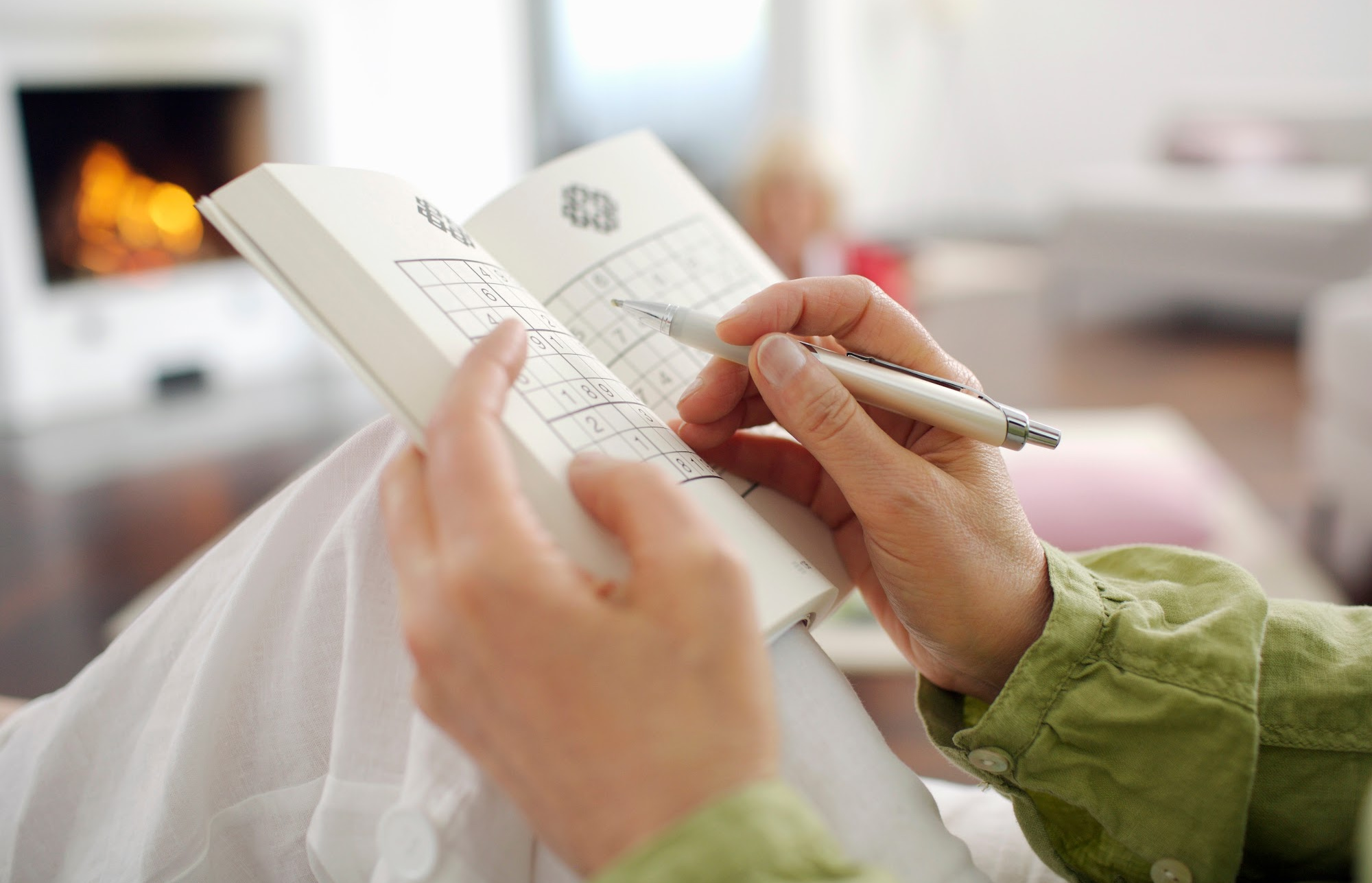

2 Comments
Pingback:
Pingback: